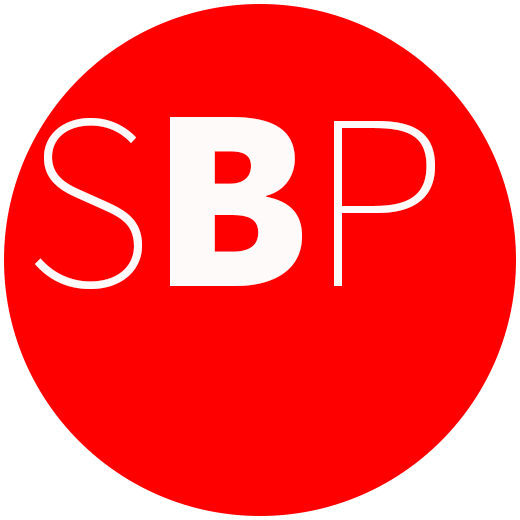Bound openness
Book art for multiple palettes at UWM, Woodland Pattern
By Melanie Hupfer, The UWM Post, October 9, 2006
Art is a vehicle. A book is a vehicle. The experience of reading a book or viewing art can be as diverse as the experience of riding a bicycle or taking off in a jet; driving a car or hopping on a pogo stick.
The ride can be a quick stop at the grocery store or a meandering cross-country road trip. The scenery can grab the attention or dull the senses. The trip can change you or be forgotten minutes later.
Book art is the intersection where the journeys of reading books and viewing art collide.
Two collaborating exhibitions, “Type, Paper, Scissors: The Book as Art Environment” at the Mary Nohl Galleries in UWM’s Zelazo Center and “Sailors and Saints” at Woodland Pattern Book Center, 720 E. Locust St., are jaunts through stimulating, diverse terrain.
Both exhibitions feature the work of Jeffrey Morin, dean of the College of Fine Arts and Communications at UW-Steven’s Point and proprietor of sailorBOYpress.
The book art on display in these exhibitions exemplifies both the staggering openness of the movement and the skill of the artists involved in it. Lingering effects of viewing these exhibitions are thoughts and questions about both the themes of the works and the methods with which they are transmitted.
Book art can be an object traditionally recognized as a book, or it can be another object or group of objects — referred to as an artist’s book — exploring the experience of reading. The experience of reading that artist’s book makers capture tends to involve the transmission of a story or theme over a period of time, generally requiring viewer interaction and revelation of what is not initially apparent.
“Type, Paper, Scissors,” showing through Oct. 22, is not the ideal introduction to book art for those who have never experienced the intimate, tactile nature of the concept, but it will give the viewer an idea of the virtually limitless expressive possibilities of this open mixed-media art form.
The South Gallery features Morin’s work and collaborations between Morin and other artists, as well as books by Brian Borchardt, Morin’s partner.
The relationship of the body to experience, sexual orientation to views of self, and font, paper and expressive techniques to the overall emotion a work transmits are themes of the books behind the glass and the paintings, drawings and prints on the walls.
Many of these books interweave stories from the past with stories from the present, or re-contextualize ancient stories for the modern viewer. While the content of the text on the pages is important in conveying the ideas, paper type, font, color, printing method, decorative elements and illustrations are really what allow the viewer to understand the emotion behind the works.
The South Gallery features a fabulous diversity of work from other book artists and raises and explores questions like, “What is a book?” Is it a dress or a box, for example?
The fundamental obstacle preventing viewers from really understanding the messages of most of these skillfully crafted works — as opposed to getting a powerful, but still incomplete, sense of the emotion behind them — is the glass that separates viewer from object.
Most pieces on display actually need to be physically manipulated to make the emotional connection, a connection like a person feels when having been curled up with a good book for some amount of time, occur.
“Sailors and Saints” at Woodland Pattern solves this problem to some extent by, with Morin’s help, unbinding one of his books and displaying the pages sequentially on the wall. The other works in the gallery space are copies of books also shown in the UWM exhibit, opened to different pages for a new view.
Other of Morin’s books, including those providing visual illustrations for an Oscar Wilde story and letters from Van Gogh and Matisse, are available for the viewer to experience in the only way to truly experience the impact of book art — through interaction.
This makes book art incredibly intimate. When the artist trusts the viewer to handle thin paper with fragile, carefully constructed, pop-up elements, the message he or she is transmitting is made more personal — a secret between friends.
See “Type, Paper, Scissors” first, and feel like a kid outside the candy store as you press your face against the glass to get a better look at the delights contained therein. Then see “Sailors and Saints,” and feel the gratification of actually biting into a rich piece of chocolate after much anticipation.
